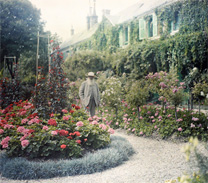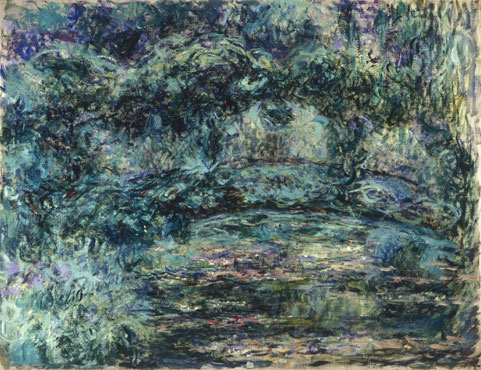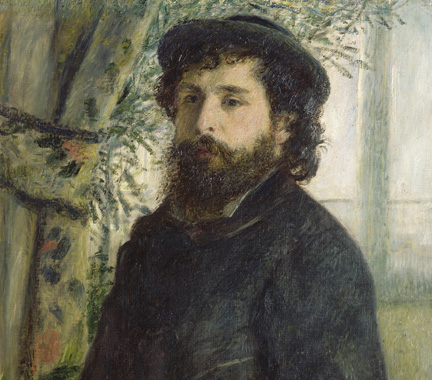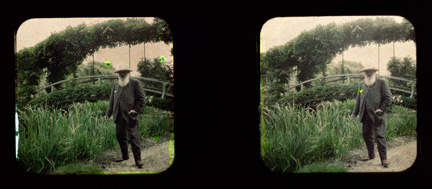In 1918, the day after the Armistice was signed, Monet promised a group of paintings to the French nation as a 'monument to peace'. Known as the 'Water-Lilies', they continue to captivate visitors almost a century later.

Claude Monet lived at Giverny, Normandy, for half of his long life; during his final decades, he almost exclusively painted the garden filled with water-lilies he had created there. A keen horticulturist, he intended the space 'for the pleasure of the eyes and also for the purpose of having subjects to paint'.

The garden provided an infinity of motifs to be observed from various viewpoints and with a constantly changing play of light and reflections on the water's surface.
Monet conceived plans for an ambitious cycle of monumental decorative pictures capturing the effect of his water garden. These changeable, richly atmospheric images of 'silent dead waters reflecting spreading flowers' are imbued with a mysterious, melancholic intensity.
Monet conceived plans for an ambitious cycle of monumental decorative pictures capturing the effect of his water garden. These changeable, richly atmospheric images of 'silent dead waters reflecting spreading flowers' are imbued with a mysterious, melancholic intensity.
They water-lily series was started during the First World War, a time of tragedy for Monet: the loss of his wife and son, his declining eyesight, the international conflict. Monet’s near-abstract pictures, where forms dissolve to the point of disintegration, can be seen as his response to personal and public devastation. 


No comments:
Post a Comment